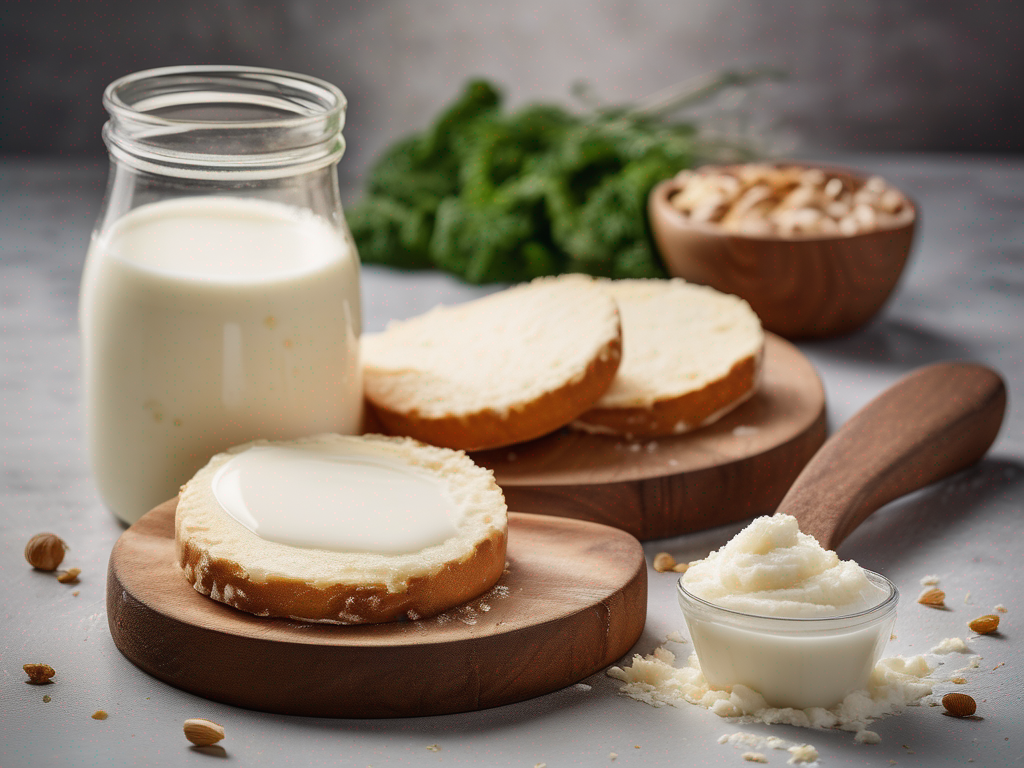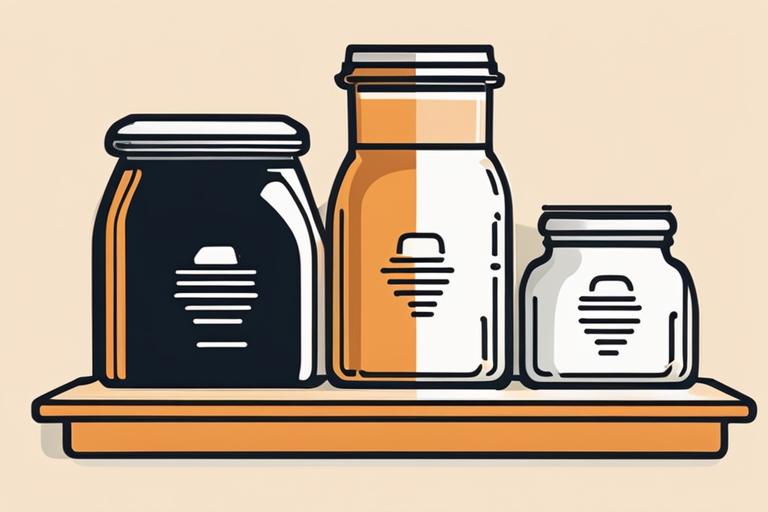
The Ultimate Guide to Properly Storing Buttermilk for Extended Shelf Life
The Ultimate Guide to Properly Storing Buttermilk for Extended Shelf Life
Are you a fan of buttermilk, that tangy and creamy dairy product that adds a delightful flavor to baked goods and savory dishes? If you love using buttermilk in your culinary creations, it's essential to know how to store it properly to maintain its freshness and extend its shelf life. In this comprehensive guide, we'll walk you through the best practices for storing buttermilk to ensure it stays fresh and flavorful for as long as possible. (Buttermilk)
Why Proper Storage Matters for Buttermilk
Before diving into the specifics of how to store buttermilk, let's first understand why proper storage is crucial for this dairy product. Buttermilk is a perishable item that can spoil quickly if not stored correctly. Factors such as temperature, light exposure, and air circulation can all impact the quality and safety of buttermilk. By following the recommended storage guidelines, you can prevent spoilage, maintain freshness, and ensure the buttermilk retains its flavor and nutritional value.
The Importance of Food Safety
Ensuring the safety of the food we consume is paramount for our health and well-being. Proper storage practices help prevent the growth of harmful bacteria and pathogens that can lead to foodborne illnesses. By storing buttermilk correctly, you reduce the risk of contamination and protect yourself and your loved ones from potential food safety hazards.
Tips for Storing Buttermilk
Now that we've established the importance of proper storage, let's explore the best ways to store buttermilk to maximize its shelf life and maintain its quality.
1. Refrigerate Immediately
- Upon bringing buttermilk home from the store, refrigerate it promptly to keep it chilled.
- Store buttermilk in the coldest part of the refrigerator, such as the back of the top shelf or the dairy compartment.
2. Use Airtight Containers
- Transfer buttermilk from its original packaging to an airtight container to prevent exposure to air and odors.
- Make sure the container is clean and dry before pouring the buttermilk into it.
3. Avoid Temperature Fluctuations
- Keep the refrigerator temperature consistently below 40°F (4°C) to slow down bacterial growth and maintain the freshness of the buttermilk.
- Avoid placing the buttermilk near the refrigerator door or in areas where temperature fluctuations are common.
4. Check the Expiration Date
- Always check the expiration date on the buttermilk container and consume it before the date indicated.
- If the buttermilk shows signs of spoilage before the expiration date, discard it immediately.
5. Shake Before Use
- Before using buttermilk, give the container a gentle shake to mix any separated components and ensure a consistent texture.
Additional Tips for Long-Term Storage
If you have a surplus of buttermilk or want to extend its shelf life further, consider these additional tips for long-term storage.
Freezing Buttermilk
- Buttermilk can be frozen for extended storage. Pour leftover buttermilk into ice cube trays or freezer-safe containers.
- Frozen buttermilk can be used in cooking and baking but may separate slightly upon thawing. Stir or shake well before using.
Using Buttermilk Powder
- Buttermilk powder is a convenient alternative to liquid buttermilk and has a longer shelf life. Follow the manufacturer's instructions for storage and use.
Conclusion
Properly storing buttermilk is essential for maintaining its freshness, flavor, and safety. By following the tips outlined in this guide, you can ensure that your buttermilk stays delicious and safe to consume for an extended period. Whether you use buttermilk for baking, cooking, or enjoying a refreshing glass, storing it correctly will help you make the most of this versatile dairy product.
Remember, food safety should always be a top priority when handling perishable items like buttermilk. By incorporating good storage practices into your routine, you can enjoy the benefits of buttermilk while minimizing waste and ensuring a safe culinary experience. Learn more about buttermilk and start storing it like a pro today! (Buttermilk)
Related Posts
Here are some other articles you might find helpful:
- The Ultimate Guide to Using Leftover Buttermilk in Cooking
- Is Expired Buttermilk Safe to Use in Baking Recipes?
- Action Plan: Reviving Freezer-Burned Bluefish for a Delicious Meal
- Creative Ways to Use Up Leftover Greek Yogurt Before It Expires
- Can I Use Expired Buttermilk in Baking Recipes?

Authoritative Food Safety References
These agencies and university labs inform every tip and health precaution we publish.
USDA FoodKeeper – Cold Storage Guidelines
Official refrigerator, freezer, and pantry timelines maintained by the U.S. Department of Agriculture.
Visit USDA FoodKeeperFDA Produce Safety Rule & Grower Guidance
Field-to-fridge handling practices that prevent contamination of fruits, vegetables, and leafy greens.
Visit FDA Produce SafetyCDC Foodborne Illness Prevention Hub
Surveillance-backed guidance on pathogens, symptoms, and steps to reduce foodborne illness risk.
Visit CDC Food SafetyUC Davis Postharvest Technology Center
University research detailing optimal storage atmospheres for produce after harvest.
Visit UC Davis PostharvestPenn State Extension – Home Food Preservation & Safety
Peer-reviewed extension bulletins on safe canning, chilling, and reheating practices.
Visit Penn State ExtensionHow long does buttermilk last in the fridge?
Can you freeze buttermilk for later use?
How can I tell if buttermilk has gone bad?
Can I store buttermilk in the pantry?
Should I shake buttermilk before using it?
Scan your food directly and get instant safety info using our AI-powered camera feature.